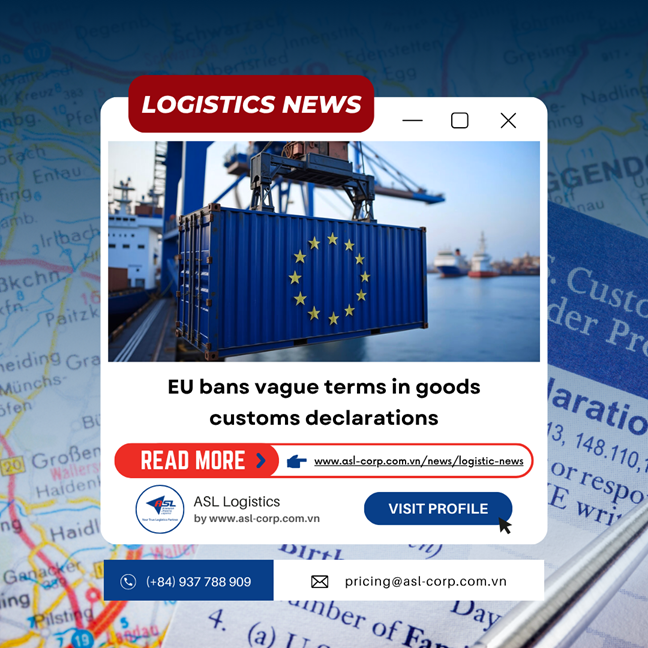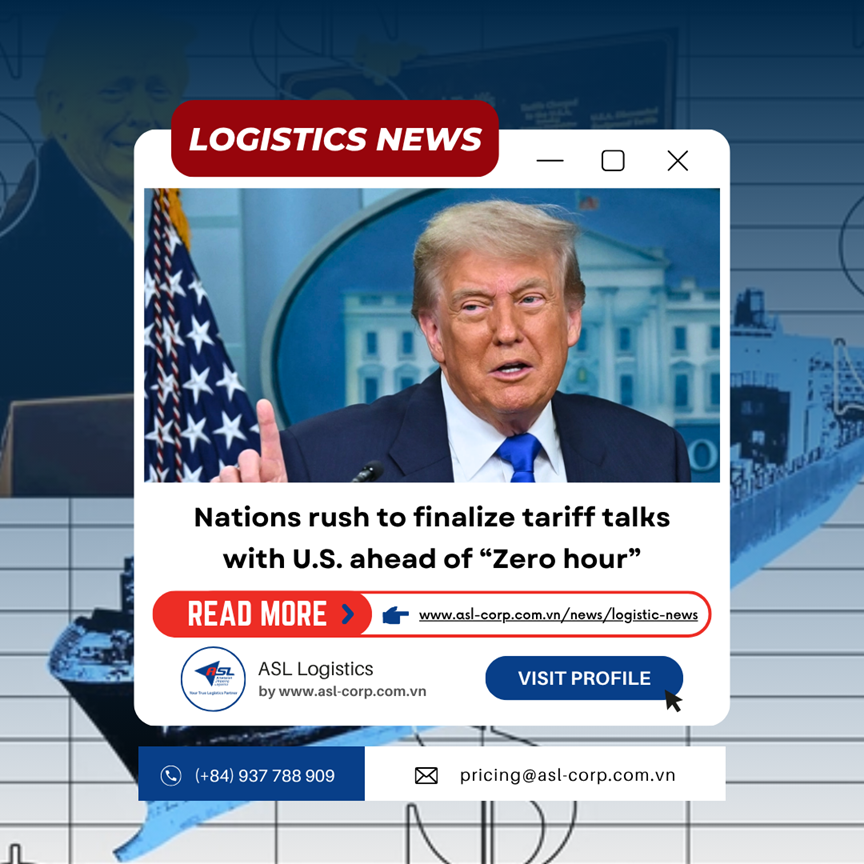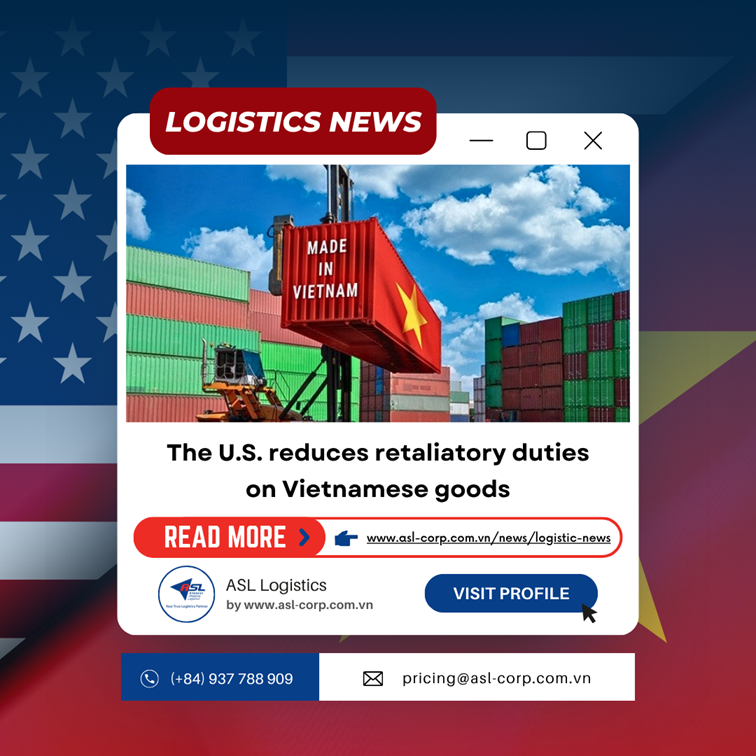Logistic News
EXPORTING PEPPER TO CHINA MARKET IS INCREASE COMPETITIVE PRESSURE?
29 May 2023
Cambodian pepper is allowed to export directly to China. Will this product increase the competitive pressure at this school?
On May 12, the Chinese embassy in Phnom Penh announced that the General Administration of Customs of China has issued a list of Cambodian pepper companies and facilities that meet the country's import standards. Accordingly, there are currently 28 pepper plantations and 7 packing factories that have been registered and licensed by the General Administration of Customs of China.

Previously, the General Administration of Customs of China and Cambodia's Ministry of Agriculture, Forestry and Fisheries inspected a number of pepper plantations and packing factories on April 10 and 11 to make sure they met the conditions. necessary.
This means that Cambodian pepper has completed the prescribed procedures and can be exported directly to the Chinese market.
According to the Cambodian Ministry of Agriculture, Forestry and Fisheries, Cambodia currently has about 6,000 hectares dedicated to pepper cultivation, with an average annual output of 20,000-30,000 tons.
The Cambodia Pepper and Spices Federation said the current pepper price is at 3,000-3,500 USD/ton. Cambodia exports both Geographical Indication (GI) pepper from Kampot and non-GI pepper, including mixed pepper, good agricultural practice and organic pepper. GI pepper is mainly exported to the EU.
Cambodian pepper is allowed to export directly to China, the question is that the competitive pressure of Vietnamese pepper in China will increase?
Talking to a reporter from the Industry and Trade Newspaper, Mr. Le Viet Anh - Chief of the Office of the Vietnam Pepper Association said that Cambodia being allowed to export pepper directly to China is not a concern for Vietnamese pepper because of the volume. Cambodia's exports to the Chinese market are not much, if any, mainly according to Orders 248, 249.
“Currently, 90% of Cambodia's pepper is exported to Vietnam, then re-exported to other countries, including China. In fact, Cambodia's trading companies are not many, mainly FDI enterprises, "said Mr. Le Viet Anh.
Sharing the same opinion on this issue, talking to a reporter of the Industry and Trade Newspaper, Mr. Hoang Phuoc Binh - Vice Chairman of Chu Se Pepper Association (Gia Lai) - said that this is normal. Cambodia's pepper is mainly exported to Vietnam and then to China. This number accounts for about 80-90%. The rest is exported directly to China and Europe, however, this number is not much.
Sharing the same opinion on this issue, talking to a reporter of the Industry and Trade Newspaper, Mr. Hoang Phuoc Binh - Vice Chairman of Chu Se Pepper Association (Gia Lai) - said that this is normal. Cambodia's pepper is mainly exported to Vietnam and then to China. This number accounts for about 80-90%. The rest is exported directly to China and Europe, however, this number is not much.
Here is the story of the consumer market and the raw material market. Raw material producers sell raw materials to buyers and sellers and export them further. Cambodia exports to the Vietnamese market, not for the Vietnamese to use, but we export it to China, the EU, the United States, etc. Instead of Cambodia selling it to Vietnam, a part of it is sold directly to the market. China. Cambodian manufacturers also have to study how to match the price. "This is a normal story in the business of the pepper industry, nothing to worry about," said Mr. Hoang Phuoc Binh.
According to the Vietnam Pepper Association, Cambodia is the second largest pepper exporter to Vietnam, after Brazil. In the first 4 months of this year, this country exported 1,715 tons of pepper to Vietnam, down 64% compared to the same period last year. However, these are just official figures. The number of unaccounted-for quotas can be up to several thousand tons.
According to statistics from the Chinese Customs, in the first quarter of 2023, the supply of pepper to China has shifted to the markets of Indonesia, Malaysia, and India. high growth rate up to 3 digits.
In contrast, China reduced its pepper imports from Vietnam. Vietnam's pepper market share in China's total imports decreased from 39.36% in the first quarter of 2022 to 29.75% in the first quarter of 2023.
Talking about the Chinese market's reduction in Vietnam's pepper imports, Mr. Hoang Phuoc Binh said that this is not a cause for concern, Vietnam accounts for more than 50% of the world's export output. The output of pepper in other markets such as Cambodia, Malaysia,... is very small. China still has to import pepper mainly from the Vietnamese market.
"On average, the Chinese market buys about 50,000-60,000 tons from the Vietnamese market every year. There will be a time of increase, a time of decrease. According to my updated data, in the first 4 months of 2023, China has imported 35,000 thousand tons of pepper from the Vietnamese market, so in 6 months, the figure of 20,000-25,000 tons of pepper is no problem," said Mr. Hoang Phuoc Binh.
Source: congthuong.vn

Head Office
ASL Hồ Chí Minh
Số 31/34A Ung Văn Khiêm, Phường Thạnh Mỹ Tây, TP. Hồ Chí Minh, Việt Nam
 Công Ty Cổ Phần Giao Nhận Vận Tải Mỹ Á
Công Ty Cổ Phần Giao Nhận Vận Tải Mỹ Á
 (+84)28 3512 9759
(+84)28 3512 9759
 (+84)28 3512 9758
(+84)28 3512 9758
 pricing@asl-corp.com.vn
pricing@asl-corp.com.vn
 mdirector@asl-corp.com.vn
mdirector@asl-corp.com.vn
 www.asl-corp.com.vn
www.asl-corp.com.vn
LOGISTICS SERVICES











.png)
.png)

.png)




